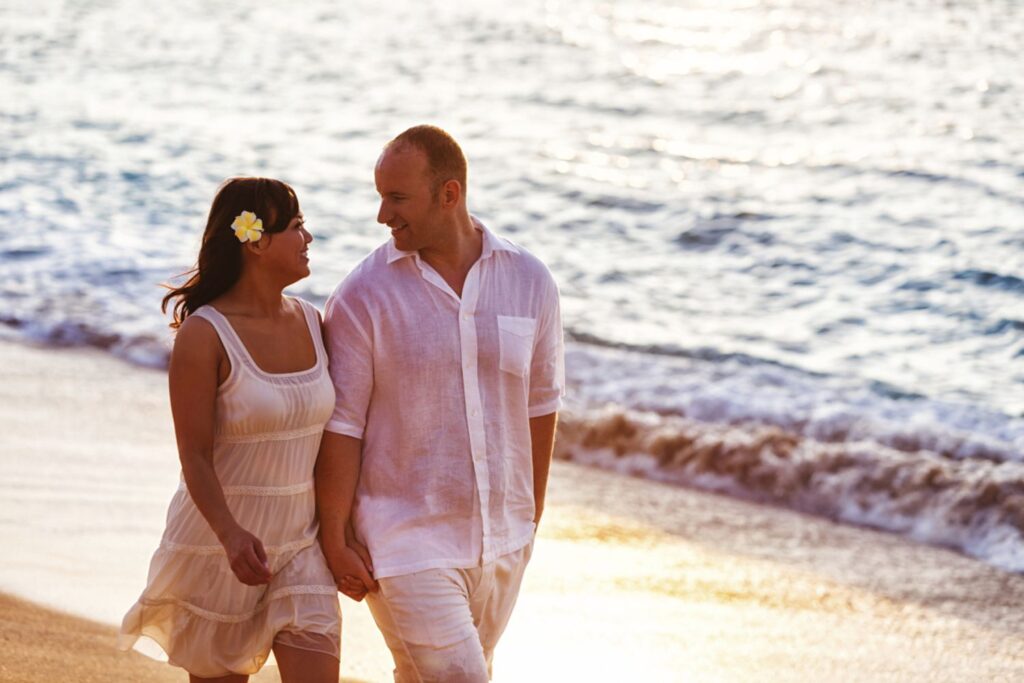The Honeymoon Phase: Unveiling the Magic (and Inevitability) of Change
The honeymoon phase. A time often depicted as a blissful period of intense love, passion, and unwavering connection. But how long does this magical feeling truly last? This comprehensive guide dives into the intriguing world of the honeymoon phase, exploring its characteristics, duration, and the inevitable transition into a deeper, more enduring form of love.
Unveiling the Honeymoon Phase: A Cocktail of Emotions
The honeymoon phase, also known as the infatuation stage, marks the initial spark in a romantic relationship. Fueled by a potent cocktail of hormones like dopamine, oxytocin, and norepinephrine, this phase is characterized by:
- Intense Passion: A surge of physical attraction and desire fuels a strong emotional connection.
- Euphoria and Excitement: Everything about your partner seems perfect, leading to a euphoric and optimistic outlook on the relationship.
- Idealization: You tend to focus on your partner’s positive qualities and overlook any potential flaws.
- Increased Emotional Intimacy: Sharing personal thoughts and feelings fosters a strong sense of intimacy and connection.
- Obsessive Thoughts: Thoughts of your partner often occupy your mind, leading to a heightened sense of preoccupation.
- Increased Time Spent Together: Couples crave each other’s company and prioritize spending time together.
These intense emotions create a feeling of intense happiness and connection, making the honeymoon phase a cherished memory for many couples.
The Science Behind the Spark: A Hormonal Rollercoaster
The honeymoon phase is heavily influenced by hormonal changes. Dopamine, the “feel-good” hormone, fuels the feelings of pleasure and reward associated with spending time with your partner. Oxytocin, often called the “love hormone,” strengthens bonding and attachment. Norepinephrine heightens excitement and focus, contributing to the intense passion and emotional connection.
However, these hormones have a natural downward trend. As dopamine and norepinephrine levels decrease, the initial intensity of emotions starts to subside. This doesn’t necessarily signify the end of love; it simply marks a natural shift towards a more stable and mature form of love.
So, How Long Does the Honeymoon Phase Last? A Debunking of Myths
There’s no one-size-fits-all answer to how long the honeymoon phase lasts. Several factors can influence its duration, including:
- Individual Personalities: People with more passionate personalities might experience a longer honeymoon phase.
- Relationship History: Those with limited relationship experience might savor the initial intensity for a longer period.
- External Factors: Stressful life events or external challenges can shorten the honeymoon phase.
While there’s no definitive timeline, research suggests that the intense infatuation typically lasts anywhere from a few months to two years. After this period, a natural shift occurs, leading to a more stable and enduring form of love.
Beyond the Honeymoon: Embracing the Evolution of Love
The end of the honeymoon phase doesn’t signify the end of love. It simply marks a natural transition towards a deeper and more meaningful connection. Here’s what you can expect:
- Decreased Intensity: The initial overwhelming passion may subside, but a more stable and comfortable intimacy develops.
- Acceptance of Imperfections: The initial idealization fades, and you begin to see your partner as a whole person with both strengths and weaknesses.
- Deeper Intimacy: Communication becomes more open and honest, leading to a stronger foundation for a lasting relationship.
- Focus on Shared Goals: Couples start focusing on building a future together, working towards shared goals and aspirations.
- Commitment Takes Center Stage: The initial infatuation gives way to a deeper commitment and sense of security in the relationship.
This evolution of love requires effort and nurturing. Open communication, shared experiences, and a commitment to working through challenges are essential for sustaining a healthy and fulfilling long-term relationship.
Keeping the Spark Alive: Tips for Nurturing Love Beyond the Honeymoon
While the initial intensity might fade, here’s how to keep the spark alive and build a strong, lasting love:
- Prioritize Quality Time: Regularly schedule date nights, engage in shared hobbies, and create new experiences together.
- Practice Active Listening: Pay attention to your partner, listen without judgment, and strive to understand their feelings.
- Open Communication is Key: Communicate openly and honestly about your needs, desires, and concerns.
- Express Appreciation: Verbally and nonverbally express your appreciation for your partner and all they do for you.

